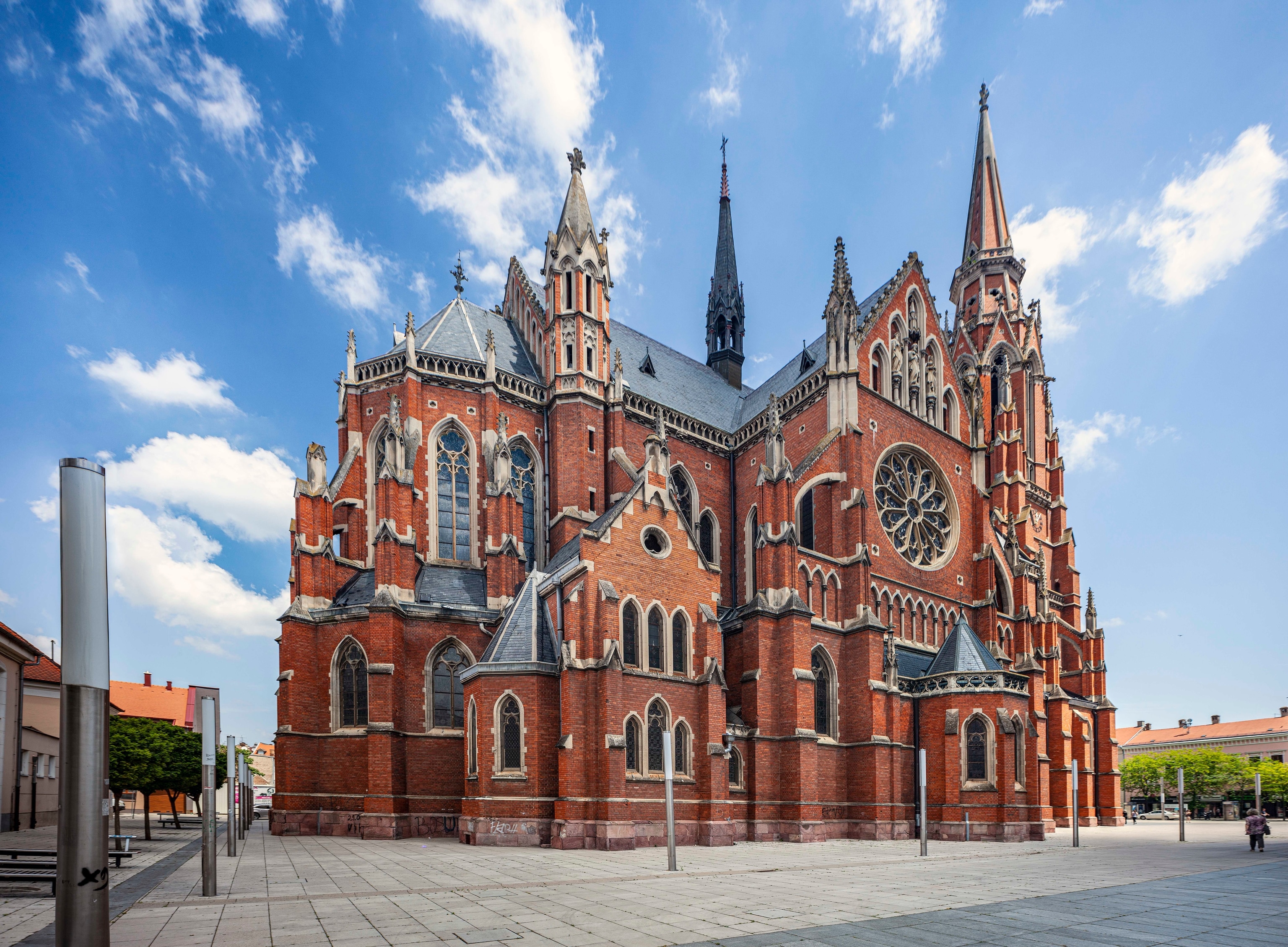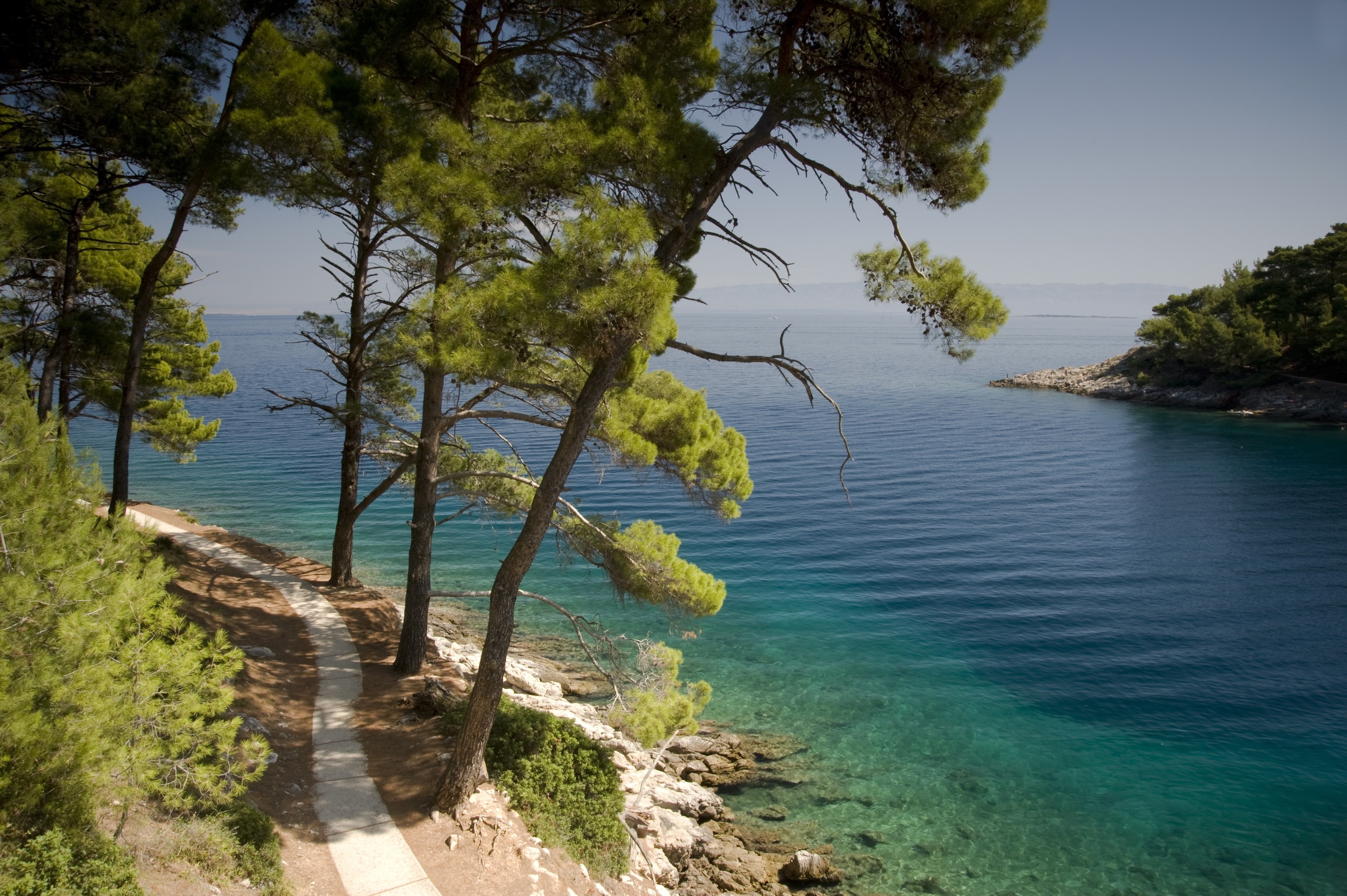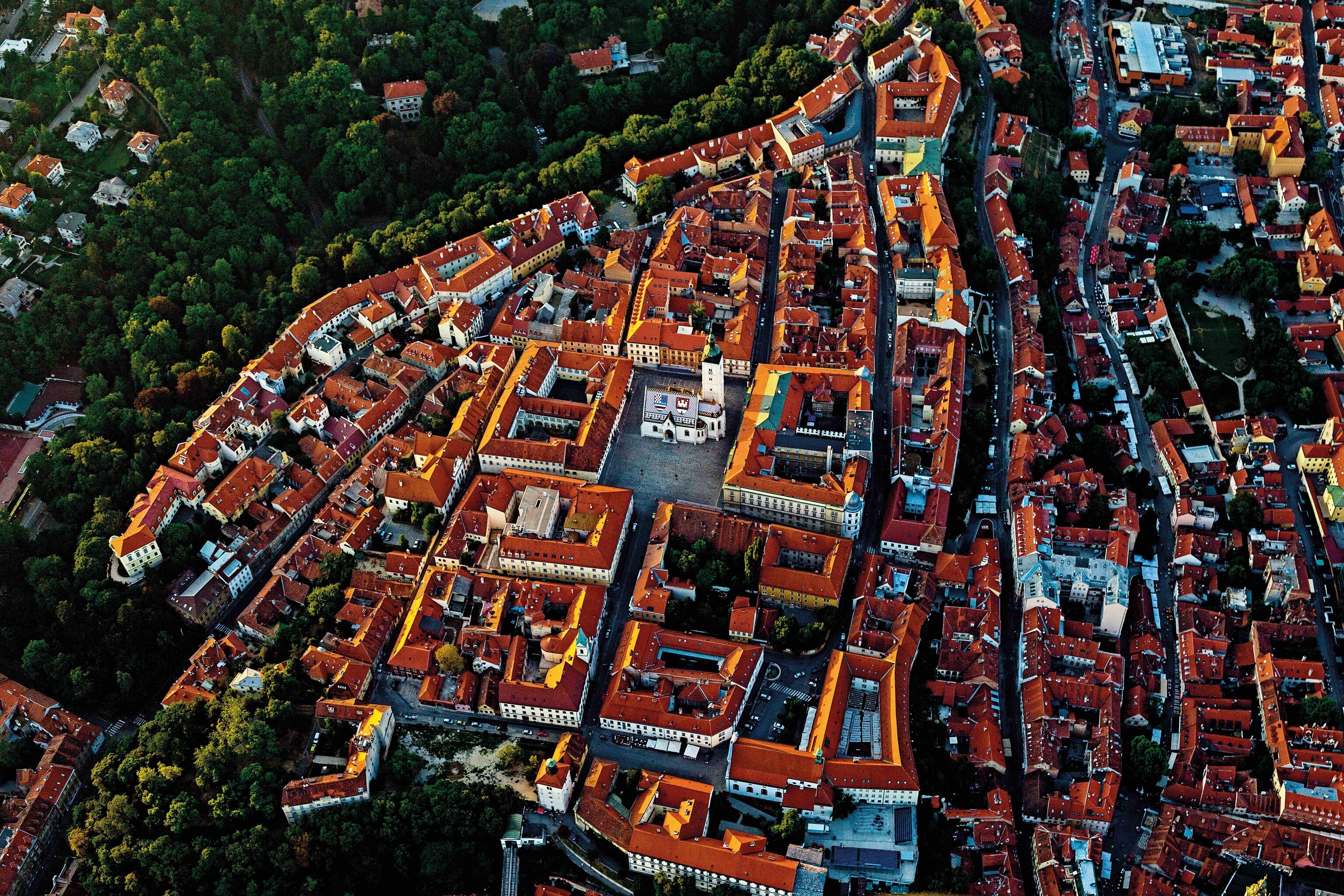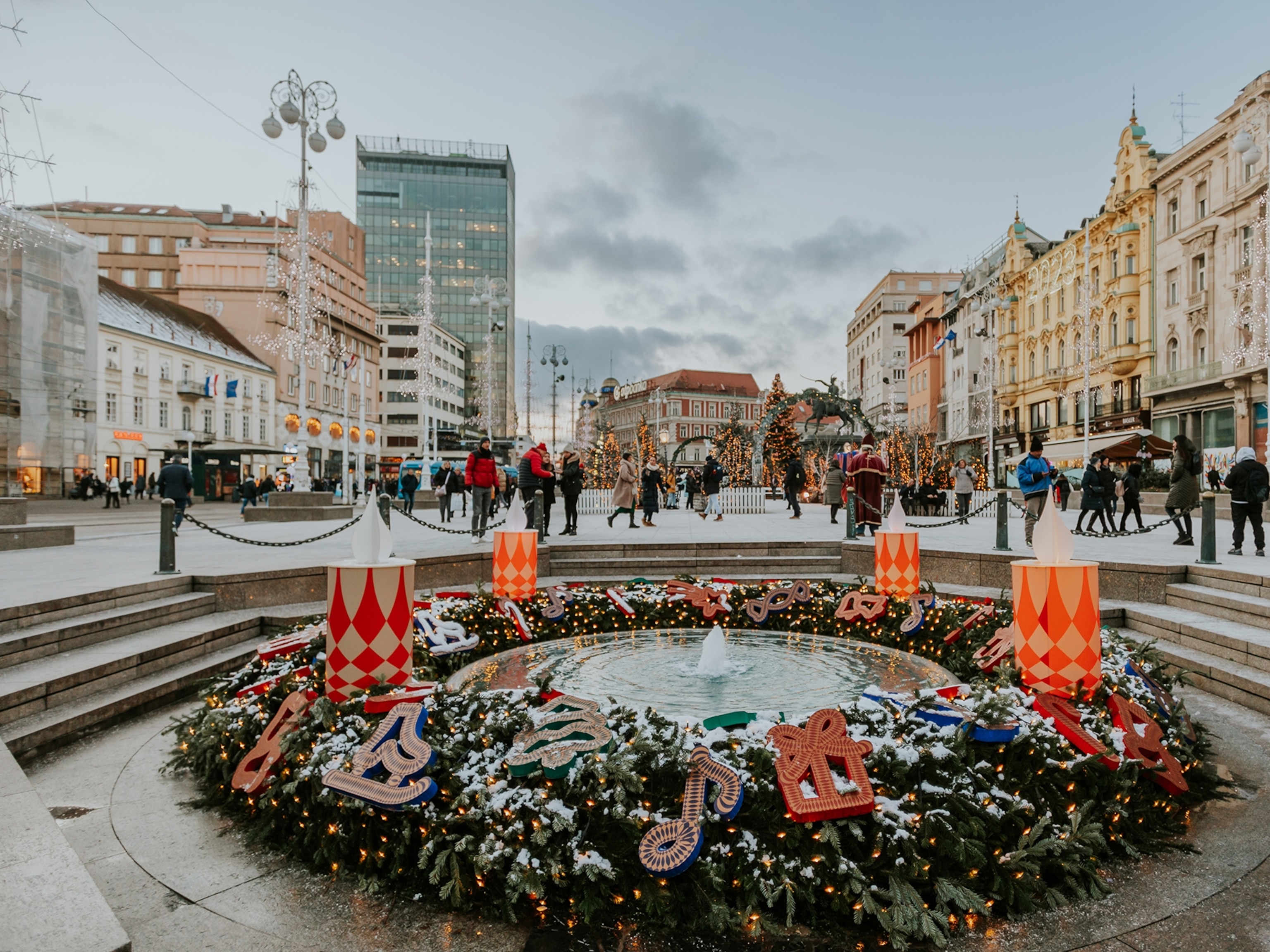
Croatia: the call of urban and nature
In the boomerang-shaped country, you don’t have to choose between city and outdoor adventures, with an abundance of ways to do both in the same day.
Croatia has eight national parks and 10 UNESCO World Heritage sites consisting of natural wonders, as well as cultural and historical marvels. In this country of over four million people you can experience the astonishing outdoors and revel in unique centuries-old significant cultural treasures, too. Urban adventure and nature experiences can be combined, all in the same day. Such is the seductive and singular beauty of Croatia. All you need is time, a mode of transportation—such as a rental car—and a little knowledge about where to go.
There are the well-known spots, such as Dubrovnik and the diverse islands nearby, or the stunning Plitvice Lakes National Park and Split, the second largest city in Croatia. But the beauty of Croatia is that there’s so much more to see than the obvious. Soon enough, you’ll experience all that this southeastern European nation has to offer in terms of its natural and urban wonders.
Wetlands and Wine
We start in the off-the-radar region of Slavonia, located in the most eastern parts of Croatia. Known for its hearty fare, thanks in part to the historic influence of the Austro-Hungarian Empire, as well as great wine, Slavonia has a superb balance of nature and urban culture.
The first thing you notice when you’re approaching Osijek, a historic medieval market town in Slavonia, is the tall, red, late-19th-century spire of Church of St Peter and Paul, the highest church spire in Croatia outside of the capital Zagreb. And then other spires and domes come into view. You can get lost in the town’s warren of cobblestoned streets and maybe, if you’re lucky, you’ll stumble upon a tavern where the rustic interior is perfectly in line with the local rustic dishes they serve here. The fiš paprikaš is a must. Fish from either of the nearby Danube or Drava Rivers is stewed in paprika, tomato sauce, white wine, and minced onions in a pot over an open flame. It’s then served over noodles to create rib-sticking deliciousness.
This hearty dish will fortify you for a trip to Kopački Rit, just seven miles outside of Osijek. One of the most important wetlands in Europe, Kopački Rit is home to nearly 300 bird species, including majestic white egrets, white-tailed eagles, and black storks. Also in abundance are wild boar, deer, and European wildcats. Visitors can enjoy an immersive experience by strolling on the raised wooden walkways over the wetlands for optimum flora and fauna spotting.
And while you’re there, don’t miss a wine tasting at one of the many wineries, located along the Danube River in the village of Dalj.


Magnificent National Parks
Moving westward toward the Adriatic Sea, Risnjak National Park may be just 10 miles from the coast, but it also happens to lie in the most mountainous and heavily forested swaths of land in Croatia. Perhaps that’s why Risnjak attracts the most adventurous visitors. The park is also located in the Dinaric Alps, the rocky ridge that stretches along the Dalmatian Coast like a spine. This means the landscape is studded with dolomite and limestone rocks, and the terrain hides ample amounts of caves. Hiking trails offer stunning views of the petrous peaks and incredible crests, as some paths wind their way around emerald lakes and lush meadows.
After a jaunt in Risnjak, stop by Rijeka, Croatia’s third largest city. The compact coastal town is spiked with tall matchstick apartment buildings. Stroll down the Korzo, the long, pedestrianized street that cuts through the center of town and is flanked by shops, cafes, and restaurants. If you have some energy, climb the steep steps that lead to imposing Trsat Castle. The reward: the expansive view over the city and beautiful Kvarner Bay. If ascending a seemingly never-ending staircase isn’t appealing, head to impressive Museum of Modern and Contemporary Art, which exhibits intriguing pieces of art that include paintings and sculptures, as well as new media.
Next head north to the inviting Istrian peninsula. Tucked into the southwestern corner is the town of Pula, whose star attraction is a nearly 2,000-year-old Roman arena. The amphitheater has been impressively preserved, as it’s arguably in better shape than its more famous ancient sibling in Rome. The city is studded with various structural relics from its days as a Roman outpost, including triumphal arches, mosaics, and marble stumps that once belonged to impressive columns.
In the nearby town of Fažana, hop on the ferry for the 15-minute ride to the islands of Brijuni. Brijuni National Park is comprised of 14 stunning islands that include a combination of extraordinary nature, as well as historical and cultural sites.
Many of the treasures of Brijuni are on the island of Velki Brijuni (Big Brijuni), including a 1,600-year-old olive tree, one of the oldest in the Mediterranean. And amazingly the tree still bears fruit, producing about 30 kilograms of olives each year. For a nice overview of the island, rent a bike and pedal along the main bicycle trail, 13 paved kilometers that wind past medieval churches, and along the dazzling Adriatic Sea.


Urban ambling and mountain meandering
Zagreb, the capital of Croatia, is a buzzing and bustling city. And the perfect size for exploring on foot. Stroll around the Upper Town, or Gradec, in the local parlance, and enjoy the Old World ambience of medieval buildings and chunky cobblestoned streets. Or do like the locals: park yourself at an outdoor café and nurse a cup of coffee or a glass of wine for a couple of hours. One of the best places to do that is on the long pedestrianized Tkalčićeva Street or on Cvjetni Trg (Flower Square), a table-packed plaza in the Lower Town.
Heartbroken or madly in love, everyone should stop in at the way-more-interesting-than-it-appears Museum of Broken Relationships in the center of Zagreb.
And when you’re ready to delve into nature, you need not go very far from Zagreb. Medvednica Nature Park (Medvednica means “bear mountain” in English) is so close to Zagreb that you can take a public city bus there. And maybe you didn’t realize it, but you’ve been looking at it the whole time. It’s the massive imposing mountain range north of the city center. The park offers verdant hiking trails and if you reach the top of the highest peak, Mount Sljeme, you’ll be rewarded with a jaw-droppingly beautiful view. If you happen to be in Zagrebin winter, you can go skiing or snowboarding on Mount Sljeme, which features multiple runs and lifts.
On your next trip to Croatia, be sure to get a dose of nature and your fill of its fun urban environments, too.









